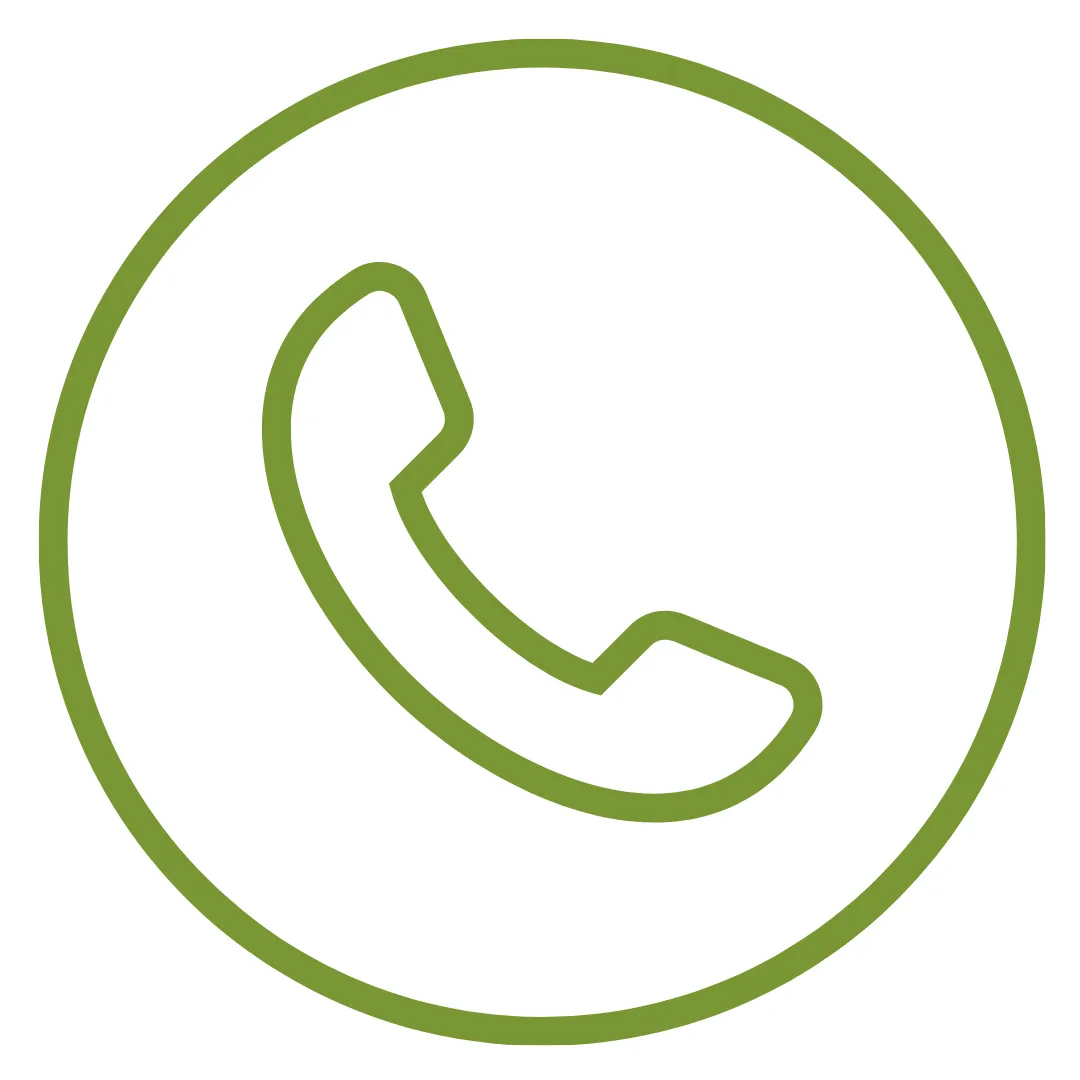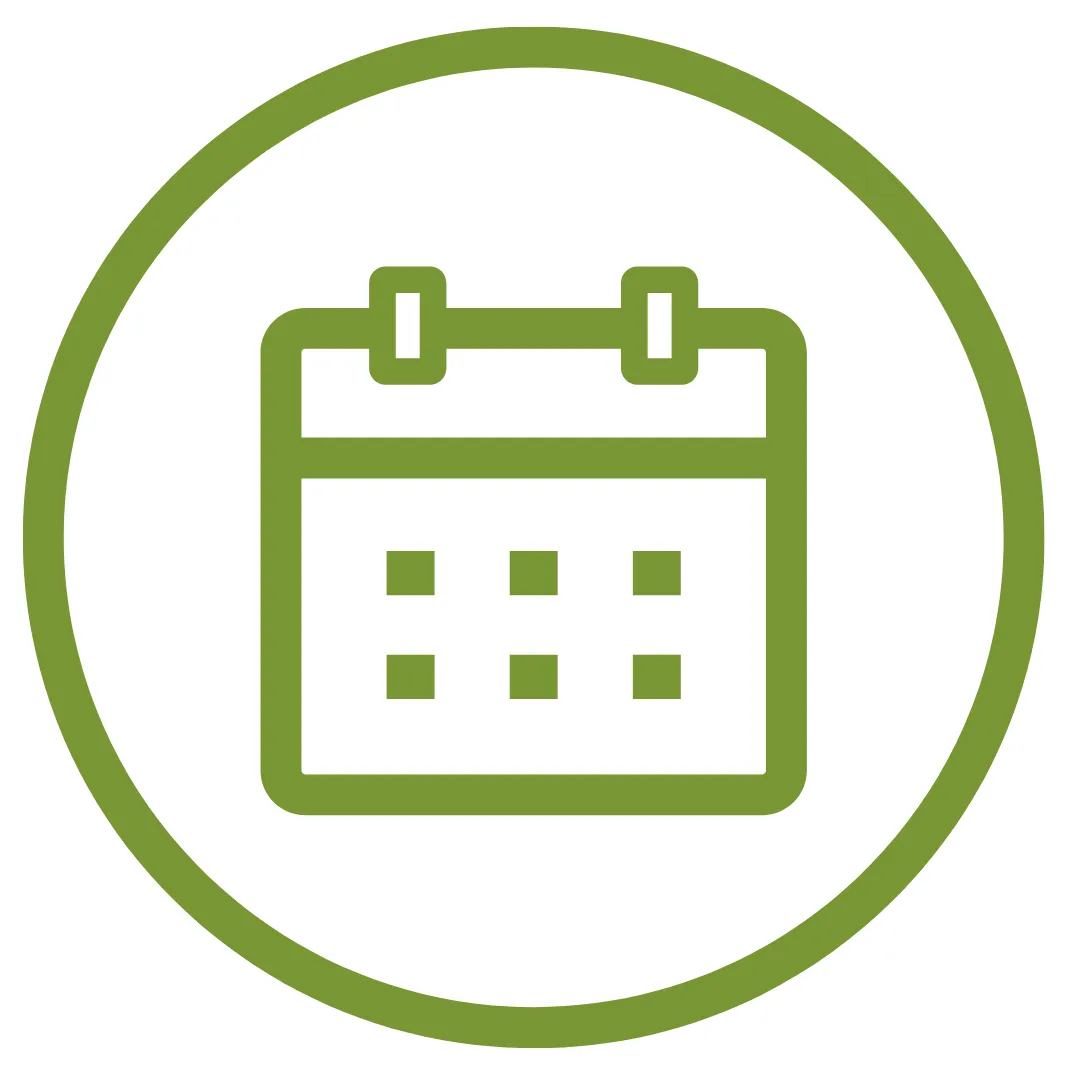Cobblestone Health
For Your Health, Naturally
Let's improve your health, naturally,
book and appointment by calling 403-850-5503
email [email protected]
or click to schedule your first appointment
Cobblestone Health is the ‘business baby’ of Judith Cobb. It was born in 1981.
From the very beginning, Judith’s motto has been “I’m not the healer. You are. I’m the teacher.”
Judith works with males and females with all kinds health issues and clients of all ages. She is passionate about working with infertility, PCOS pregnancy (including difficult pregnancy), breastfeeding issues, Type 2 Diabetes in women, and menstrual/menopausal issues, and aging concerns.
The focus is always your health goals and finding ways to help you achieve them with the judicious use of foods, herbs, vitamins, minerals, and essential oils.
By having good conversations with you in your appointments and doing iridology/sclerology assessments I am able to create programs that are tailored to your needs, simple enough for you to get results, and so do-able they become your healthy lifestyle.
If you’re ready to take that next step, or if you’d like more information about how I can help you, give me a call (403-850-5503) or send me an email ([email protected]).
© Cobblestone Health Ltd; 2024 and beyond. All rights reserved.


